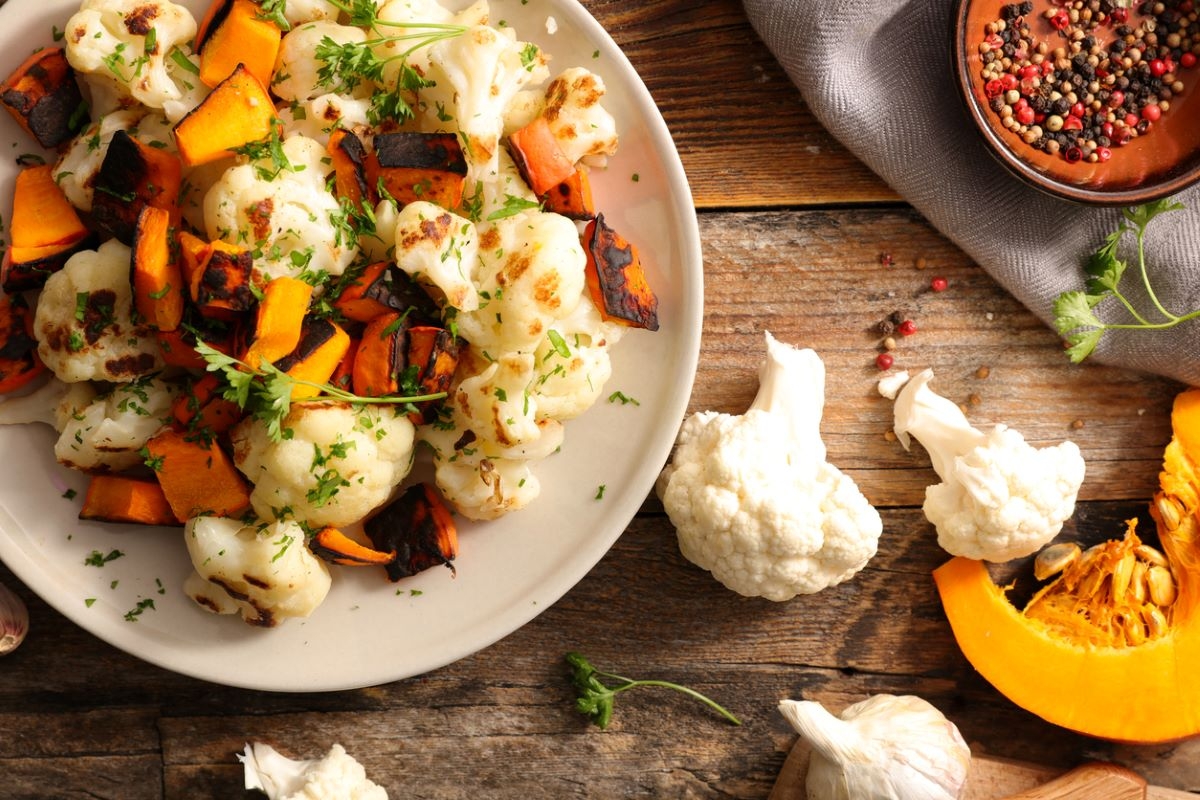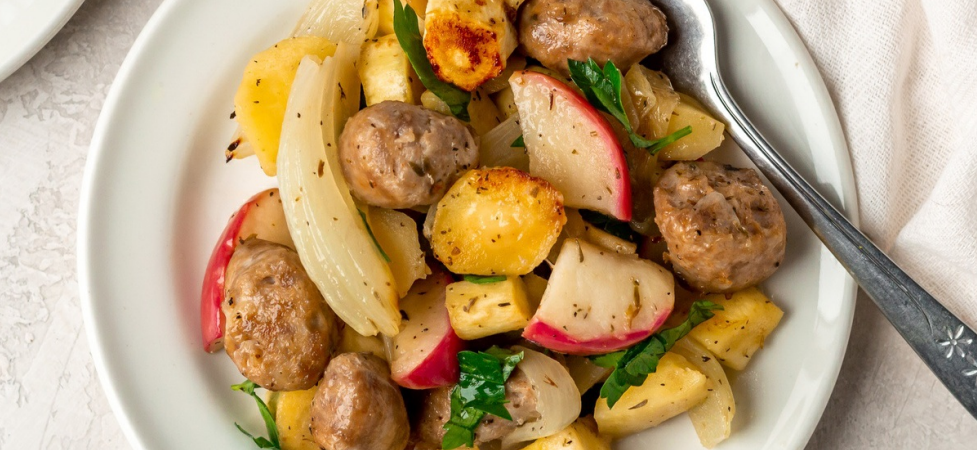
The wonders of winter vegetables
The outdoor markets with their colourful vegetables might be gone until next summer but that doesn’t mean you should be at a loss as to what vegetables to cook. There are several reasons to continue eating local and in season during the winter months. Winter vegetables are highly underrated; not only are they full of colour, but their flavours and texture lend themselves to a multitude of ways to be cooked. So, this week, we will look at the reasons why buying in season and local is not only better for you, but you might find that your wallet will appreciate it too.
When we eat more in season with the local produce available to us, it helps to keep our bodies in tune with nature. Just as the seasons are cyclical, so are our body’s, eating, sleeping, and working cycles. When we combine eating local with foods that are in season, we can enjoy these foods while they are at their best. Not only will they provide us with their optimal nutritional content, we can then look forward to the next season and the produce that comes with it.
When going around the grocery stores in the winter we still see strawberries, tomatoes and other fruits and vegetables that are not seasonal, and generally, their taste and texture are just not same as the ones you buy during the summer months.
When buying fresh produce there is also the question of ‘food miles’, this is the distance the food travels from the producers to the final consumer (us). On average the distance food travels to get to Canadian households is about 3’000 km. For example, tomatoes imported from Madrid, Spain have travelled 3575 km as the crow flies, during that time, they may have gone through different seasons (summer to winter) or temperature changes, loaded, unloaded and bumped around, to finally make it to the grocery store… So how fresh do you think the produce is and do you think the nutritional value is the same as when it was picked?
When you buy locally and seasonally, the price is generally reflected in this, and root vegetables tend to be some of the cheaper options. During the winter, Mother Nature has provided us with plenty of vegetables to be used from root vegetables, such as carrots, beets, turnips, sweet potatoes, onions, and fennels, to cabbages and leafy greens such as kale and collard greens. These vegetables are so easy to cook with and offer up so many options, from soups and stews to roasting, steaming, and even baking, the choices are endless!
In Ottawa, there are several options for local winter vegetables including online platforms such as Beechwood Market and Fruit Express in Gloucester.
By combining beets, carrots, kale, and butternut squash, we can still ‘eat the rainbow’ — meaning that we are eating a variety of vitamins and minerals that are all necessary to maintaining our health and feeding the good bacteria in our gut. Many of these vegetables are known to help reduce the risk of developing cancers such as prostate, breast and colon.

ABOVE: I often add a few cloves of garlic and some chopped onions to this one pan roasted sausage with parsnip dish.
Research has shown that eating a variety of foods is one of the best ways to support our gut health, which is one of the pillars of a healthy immune system. One of my favourite winter meals is this one pan sausage with parsnips, it is quick, easy and tasty to make, a real family staple.
Send your nutrition questions to susan@susanalsembach.com
Header photo: iStock












